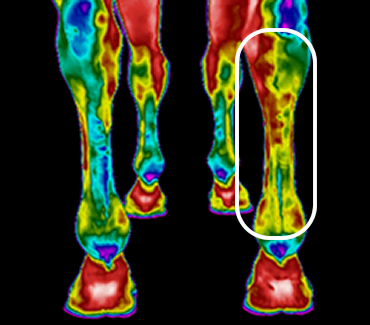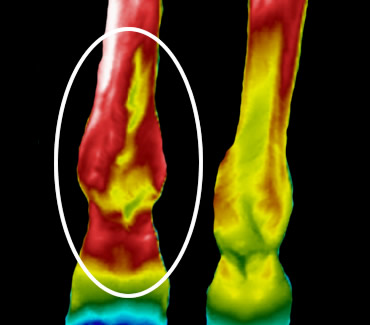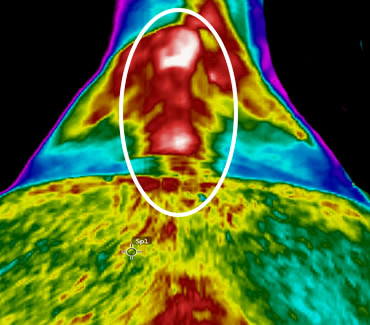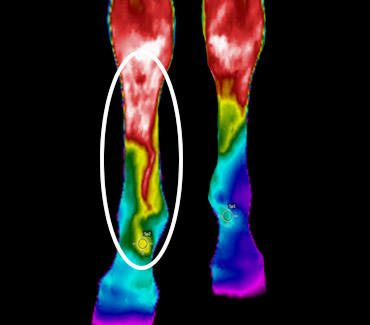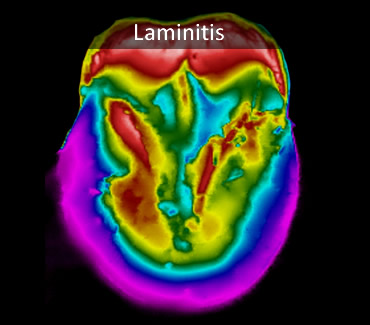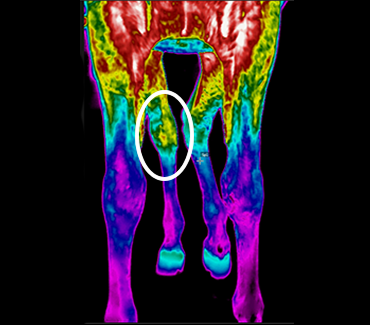Infrared Thermal Imaging: A Detective At Work
Unfortunately horses can not communicate. In most instances detective work needs to be done by your veterinarian by using multiple expensive diagnostic tools such as MRI’s, CT Scans, Ultrasounds, X-Ray’s and more, to hopefully determine the underlying problem. These screenings can be very costly and extremely stressful to your equine friend, and many times the issue goes undiagnosed for a period of time until symptoms are so obvious that a determination can finally be made. Give your horse a voice through IRT.
If used as a first line of detection, Infrared Thermal Imaging (IRT) can quickly identify health problems in a horse’s body. With one quick full-body scan, IRT pinpoints pain points and inflammation, saving owners a lot of heartache, time and money. IRT simply maps all the musculoskeletal temperature variations radiating from a horse's body. Raised heat temperatures measured means trouble is brewing and quickly pinpoints and identifies inflammation, injuries and their exact location. IRT is very accurate, convenient, quick and extremely affordable. IRT can be used regularly to continually monitor a horse's health status.
IRT Can Detect the following:
- Evasive Lameness Issues
- Fractures
- Joint Issues
- Muscles Injury
- Ligament and Tendon Injury
- Circulation Problems
- Abscesses
- Infections
- Nerve Damage
- Scroliliac Problems
- Kissing Spine
- Cervical Problems
- Hoof Issues, Infections, Imbalance and Abscesses
- Dental problems
- Saddle fit issues, pinching and damage
- And more…
Keep you horse sound and painfree. For a consultation or to make an appointment, call 201-477-0009.
Learn More About IRT:
What is Infrared Thermal Imaging
Uses For Infrared Thermal Imaging
Advantages of Infrared Thermal Imaging
IRT Success in Equine Athletes
As with any adjunctive imaging screening (such as ultrasound, radiography etc.), thermography is not a stand-alone screening tool and does not replace any other diagnostic device. Additional diagnostic screenings may be necessary and prescribed by your veterinarian for complete diagnosis.




